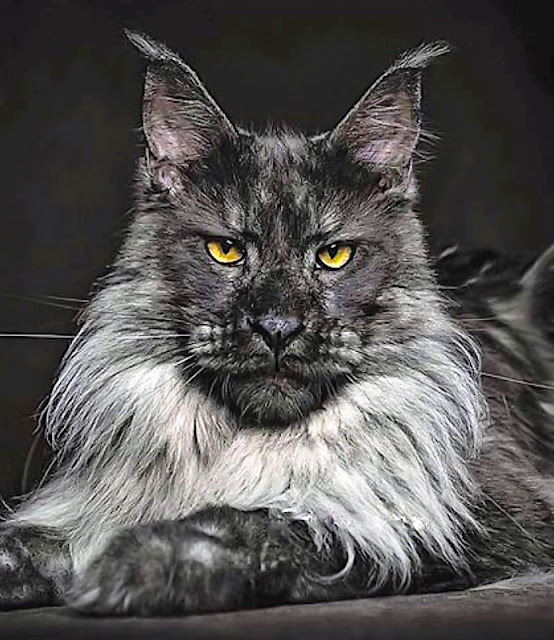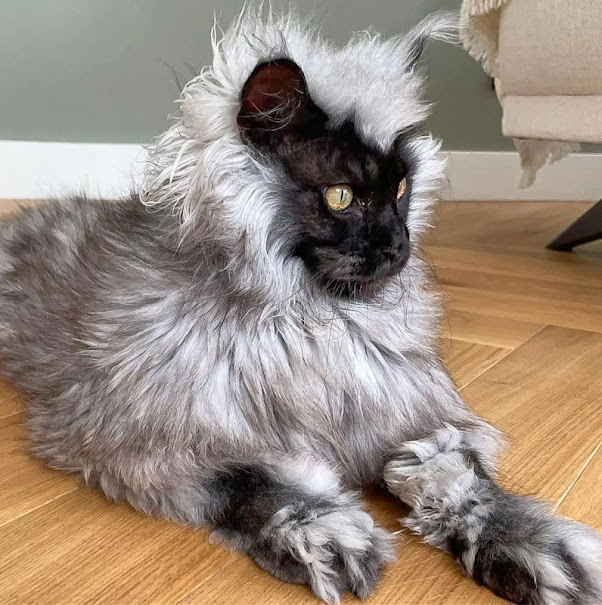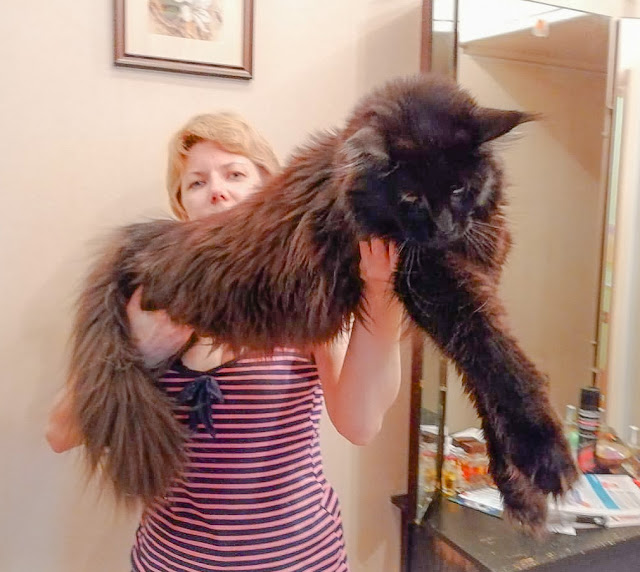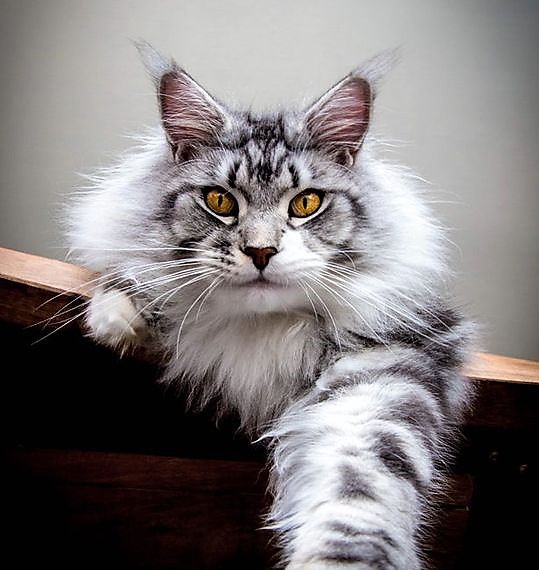Maine Coon is middle-ranking in terms of developing Type 2 diabetes in purebred cats
The table on this page in my view ranks purebred cats in terms of their prevalence to developing diabetes mellitus. The scientists have compared the incident rate to the number of cat years at risk which I find a bit strange but they did look at a cohort of 504,688 individual cats insured in Sweden. So, the data comes from insured Swedish purebred and non-purebred cats and claims made on behalf of those cats by their owners over a total of 1,229,699 cat-years at risk.
So, based upon these insurance claims they concluded that the Maine Coon cat is middle-ranking which I take to mean that this extremely popular cat breed is neither predisposed more or less than the average purebred cat. The table also tells us that Maine Coon cats are less predisposed to Type II diabetes (another way of describing diabetes mellitus) then standard random-bred cats. This I think is a good thing.
RELATED: Can feline diabetes be reversed?
As an aside, the breeds: Burmese, Russian blue, Norwegian Forest Cat and Abyssinian were at a higher risk of developing diabetes mellitus in this study compared to other purebred cats and non-purebred cats. The gender of the cat didn't make any difference on my interpretation of this study report.
 |
| Ginger tabby Maine Coon. Photo: in public domain (as assessed). |
Overall, they found that the incident rate of diabetes mellitus from this huge number of cats was 11.6 cases per 10,000 cat-years at risk. I will try and interpret this into a more user-friendly way. If the average lifespan of a domestic cat is taken as being 15 years, 10,000 years represents 666 lives. Therefore 11.6 cases represent 1.74% of the participant cats contracted Type II diabetes which seems low to me. Perhaps it is because Swedish cats are less obese than in the general population of developed countries in the West.
The average age of the cats was 10.7 years plus or minus 3.1 years. The cat with the least chance of developing type II diabetes was the Bengal and the Siberian, Birman and Ragdoll were also similarly the least likely to develop this disease.
RELATED: Average domestic cat weighing 13 pounds is at a high risk of developing type 2 diabetes.
The neutering status of the cats was not recorded. This is a weakness in the study because neutering has been recognised as a risk factor for diabetes mellitus in both male and female cats. I think this is because male cats that have been neutered have lowered metabolisms and therefore, they need a reduced calorie input on a permanent diet to offset a slight propensity to develop excess weight.
And weight is effective in developing type II diabetes. Male cats, incidentally, were more predisposed to diabetes than female cats. This may be linked to neutering as mentioned.
The study referred to is: Incidence of Diabetes Mellitus in Insured Swedish Cats in Relation to Age, Breed and Sex. It is published on onlinelibrary.wiley.com.










Comments
Post a Comment
Please share your Maine Coon experiences.